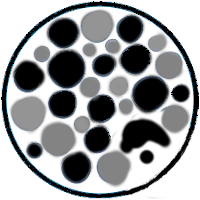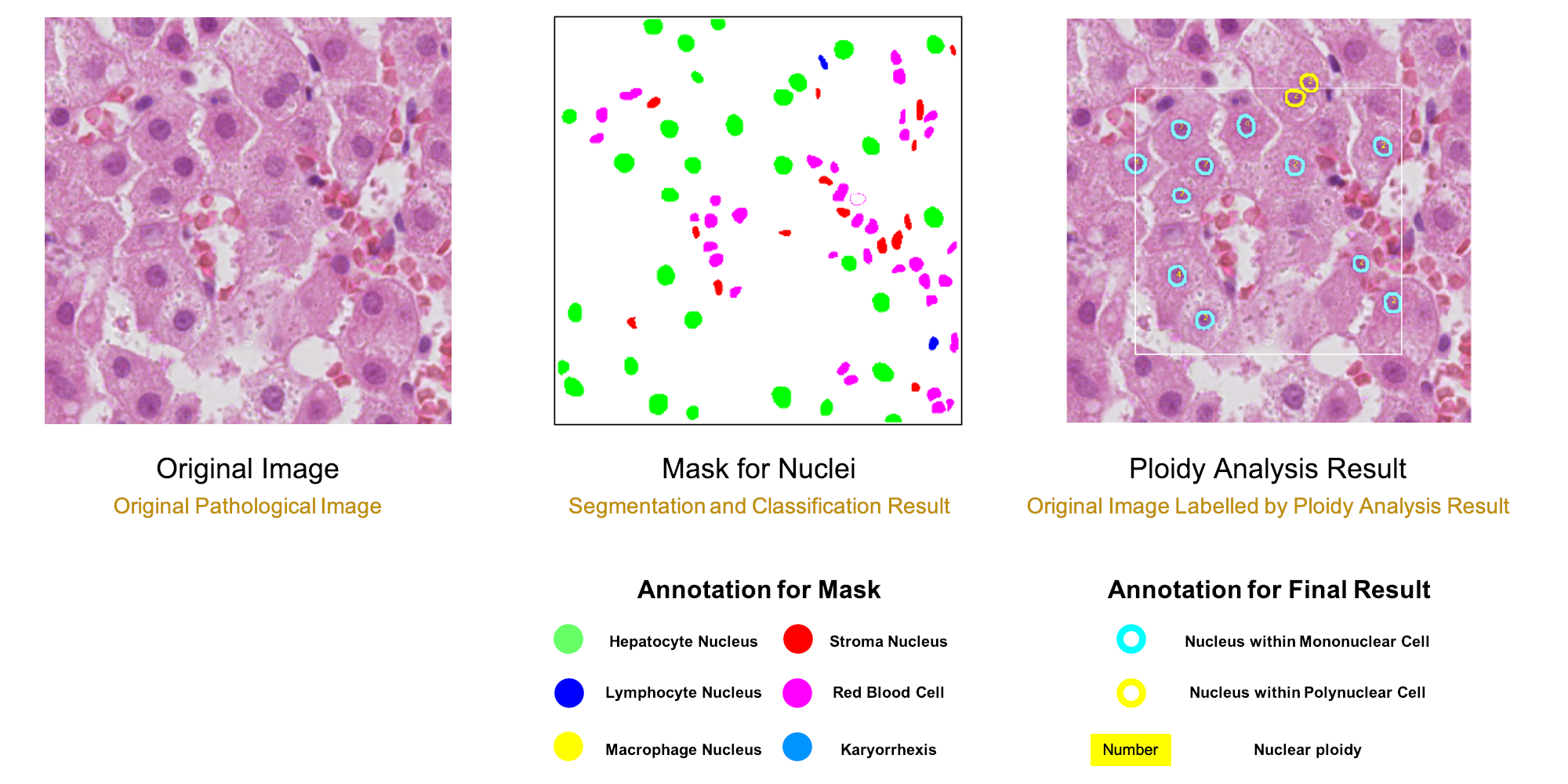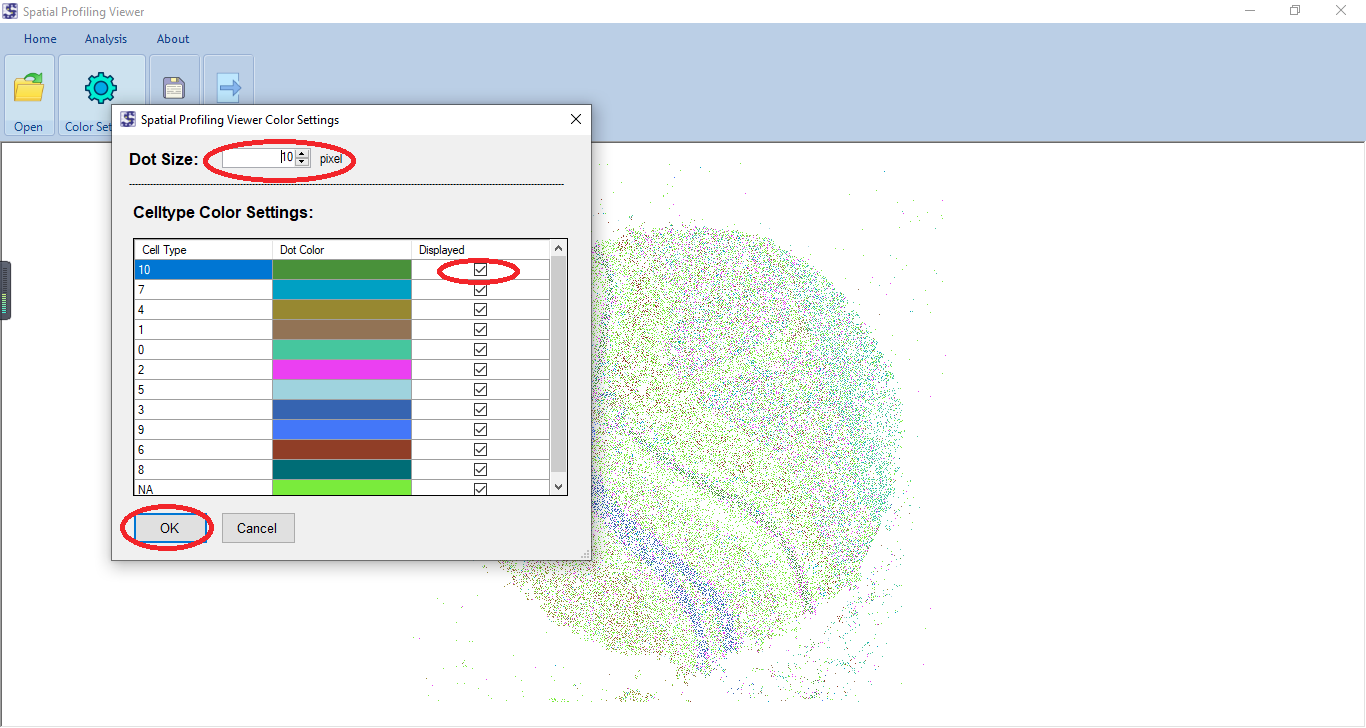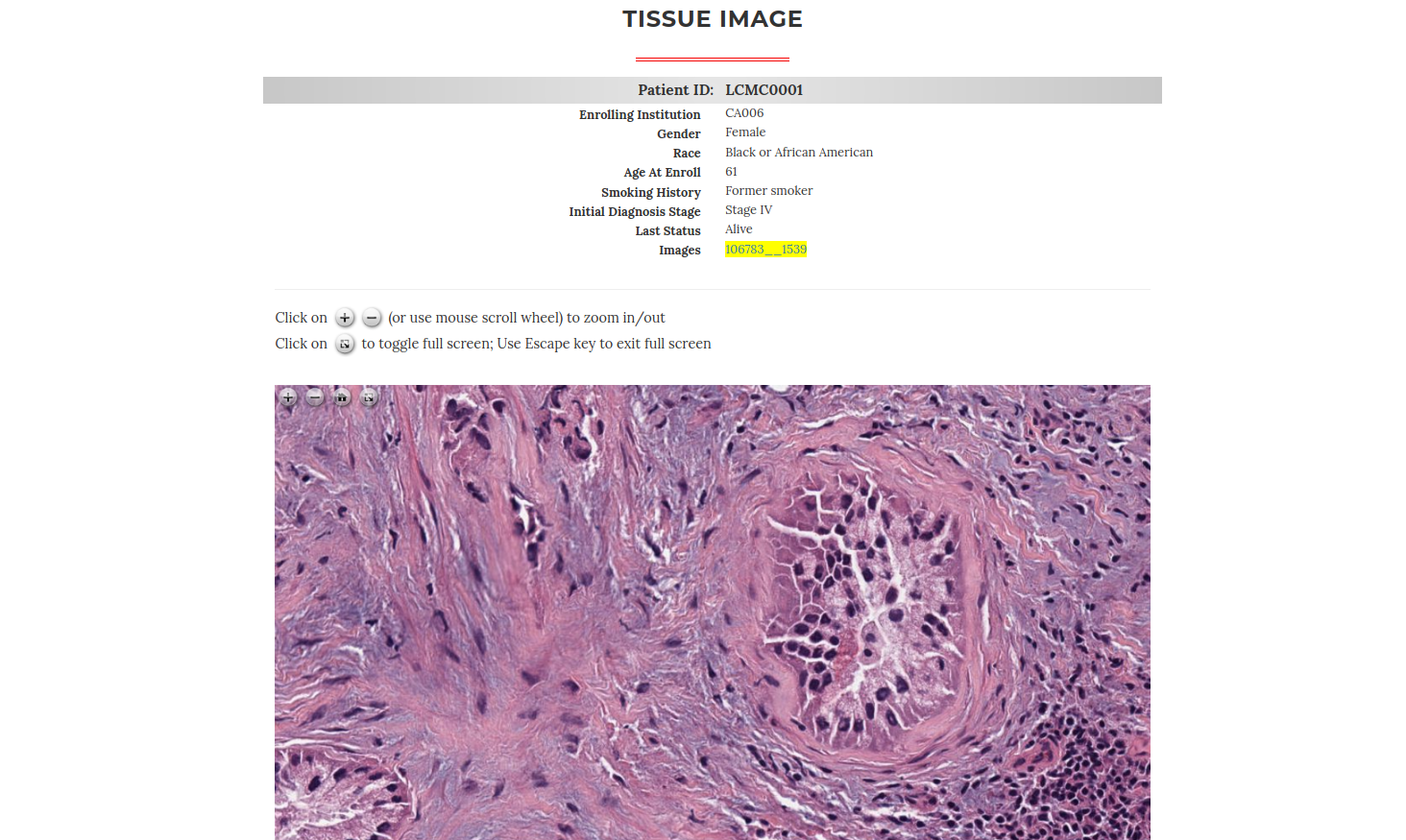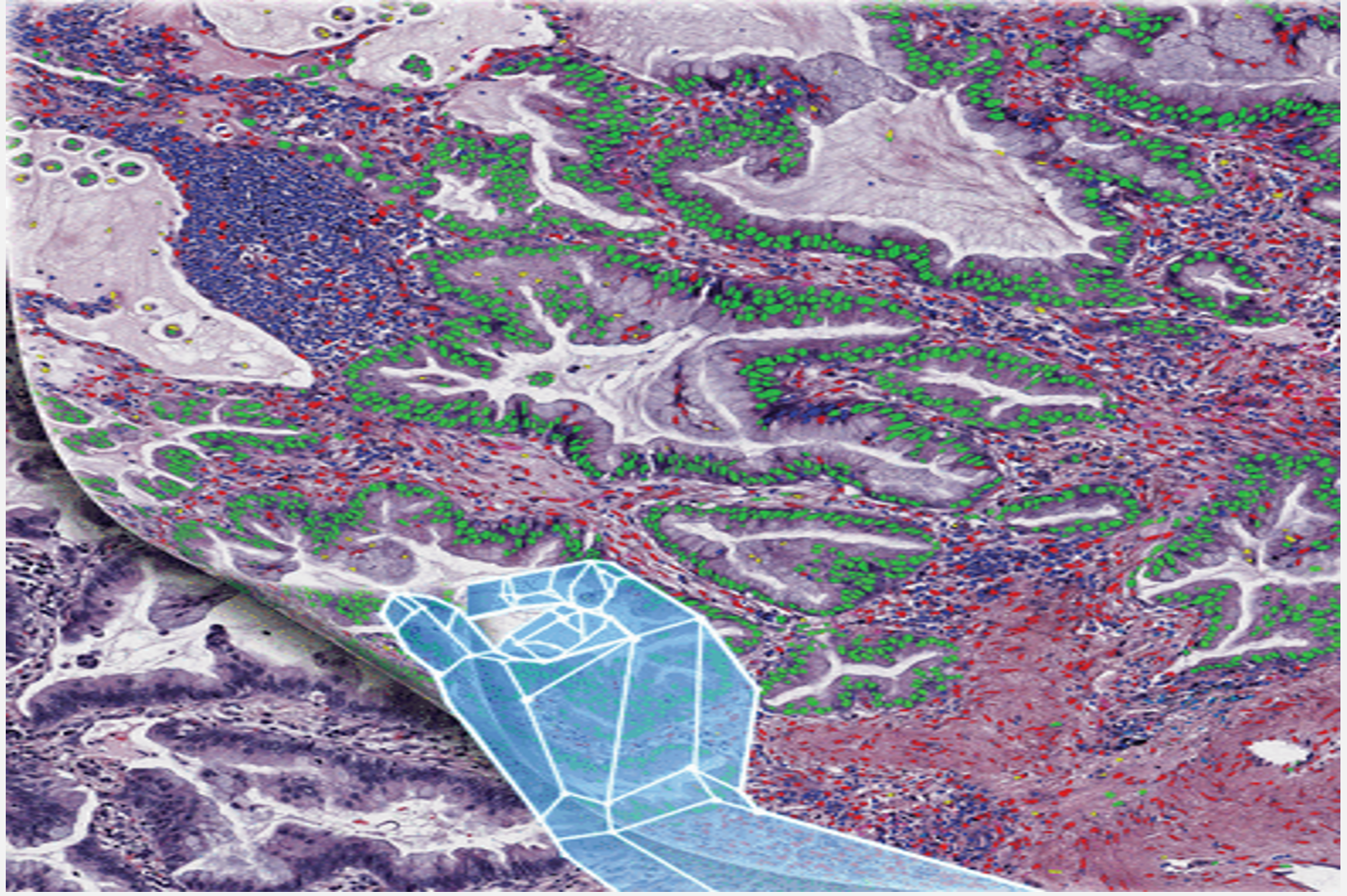Our Tools
HD-STAINING ANALYSIS TOOL
The HD-Staining algorithm is implemented as an online image segmentation tool to provide a user-friendly approach. After simply submitting a H&E stained pathology image, the user will be able to view and download the computational staining results together with nuclei characteristics.
View the websiteHepatic Ploidy Analysis
To make the whole analysis procedure more accessible for clinical samples, the algorithm can quantify ploidy information using hematoxylin-eosin (H&E) histopathology slides. A deep-learning model was trained to segment and classify different types of nuclei from H&E histopathology images. Based on the identified hepatocyte nuclei, both cellular and nuclear ploidy are calculated.
View the websiteSingle cell Spatial Profiling Viewer
We present a standalone tool, Spatial Profiling Viewer (SPV), to visualize and analyze wide-range of single cell spatial transcriptomics datasets. The software requires plain input data: the cells Cartesian coordinates and cell types. It offers four categories of functions
View the websiteCNN Predicts Prognosis of Lung Adenocarcinoma Patients
Human evaluation is objective and labor-intensive. In addition, pathological images may contain important prognosis and treatment response information that cannot be reliably understood by humans. Therefore, it is a very important to create machine learning algorithms to automatically recognize pathological imaging data and correlate the automatically retrieved features with patient phenotype.
View the websitePathology Image Visulization and Analysis
We present users a web-based viewer for high-resolution zoomable images. It can be easily integrated into any web applications which provides many viewer functions such as zoom in & zoom out, drag & draw
View the websiteOther Tools
We provide and consistently support online tools, prediction models and software packages. You can download them from the website link below.
View the websiteLatest news
Cover Page of Cancer Research
May 2020
Computational Staining of Pathology Images to Study the Tumor Microenvironment in Lung Cancer
Pathology images of tumor tissues provide detailed information on the different types of cells that constitute the tumor microenvironment. Artificial intelligence can automatically and accurately identify and stain the nuclei of tumor cells, stromal cells, lymphocytes, macrophages, blood cells, and karyorrhexis from pathology images of lung adenocarcinoma. The computational power aids in clinical diagnosis and enables the quantification of tumor microenvironment-related features that correlate with patient survival and the gene expression of biological pathways.
Collaboration
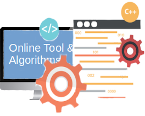
iSEE-Cell Platform
- Online Tools Development
- Algorithms Sharing
- Comments Collection

Computing Server
- Scripts Upload
- Online Analysis Running
- Slurm Job Management

Data Sever
- User File Upload
- Account-based Data
- Public Built-in Data Access
Publications
-
August 2020
Spatial molecular profiling: platforms, applications and analysis tools
Molecular profiling data generate deep characterizations of the genetic, transcriptional and proteomic events of cells, while tissue images capture the spatial locations, organizations and interactions of the cells together with their morphology features.
-
August 2020
Molecular differences across invasive lung adenocarcinoma morphological subgroups
Lung adenocarcinomas (ADCs) show heterogeneous morphological patterns that are classified into five subgroups: lepidic predominant, papillary predominant, acinar predominant, micropapillary predominant and solid predominant.
-
May 2020
Computational staining of pathology images to study the tumor microenvironment in lung cancer.
These findings present a deep learning-based analysis tool to study the TME in pathology images and demonstrate that the cell spatial organization is predictive of patient survival and is associated with gene expression.
-
December 2019
ConvPath: A software tool for lung adenocarcinoma digital pathological image analysis aided by a convolutional neural network
The spatial distributions of different types of cells could reveal a cancer cell's growth pattern, its relationships with the tumor microenvironment and the immune response of the body, all of which represent key “hallmarks of cancer”. However, the process by which pathologists manually recognize and localize all the cells in pathology slides is extremely labor intensive and error prone.
Preprints
-
arXiv preprint arXiv:2012.04878
Discovering Clinically Meaningful Shape Features for the Analysis of Tumor Pathology Images
EF Morales, C Zhang, G Xiao, C Moon, Q Li
-
arXiv preprint arXiv:2012.12102
Predicting survival outcomes using topological features of tumor pathology images
C Moon, Q Li, G Xiao
-
arXiv preprint arXiv:2012.03326
Bayesian Modeling of Spatial Molecular Profiling Data via Gaussian Process
Q Li, M Zhang, Y Xie, G Xiao
-
arXiv e-prints, arXiv: 2012.04878
Discovering Clinically Meaningful Shape Features for the Analysis of Tumor Pathology Images
E Fernández Morales, C Zhang, G Xiao, C Moon, Q Li
-
arXiv e-prints, arXiv: 2012.04878
Bayesian Landmark-based Shape Analysis of Tumor Pathology Images
arXiv preprint arXiv:2012.01149
Contact Us
Address
Danciger Research Building, 5323 Harry Hines Blvd. Ste. H9.124, Dallas, TX 75390-8821
Phone number
214-648-4110
Guanghua.Xiao@UTSouthwestern.edu
Lab Website
Guanghua Xiao Lab
